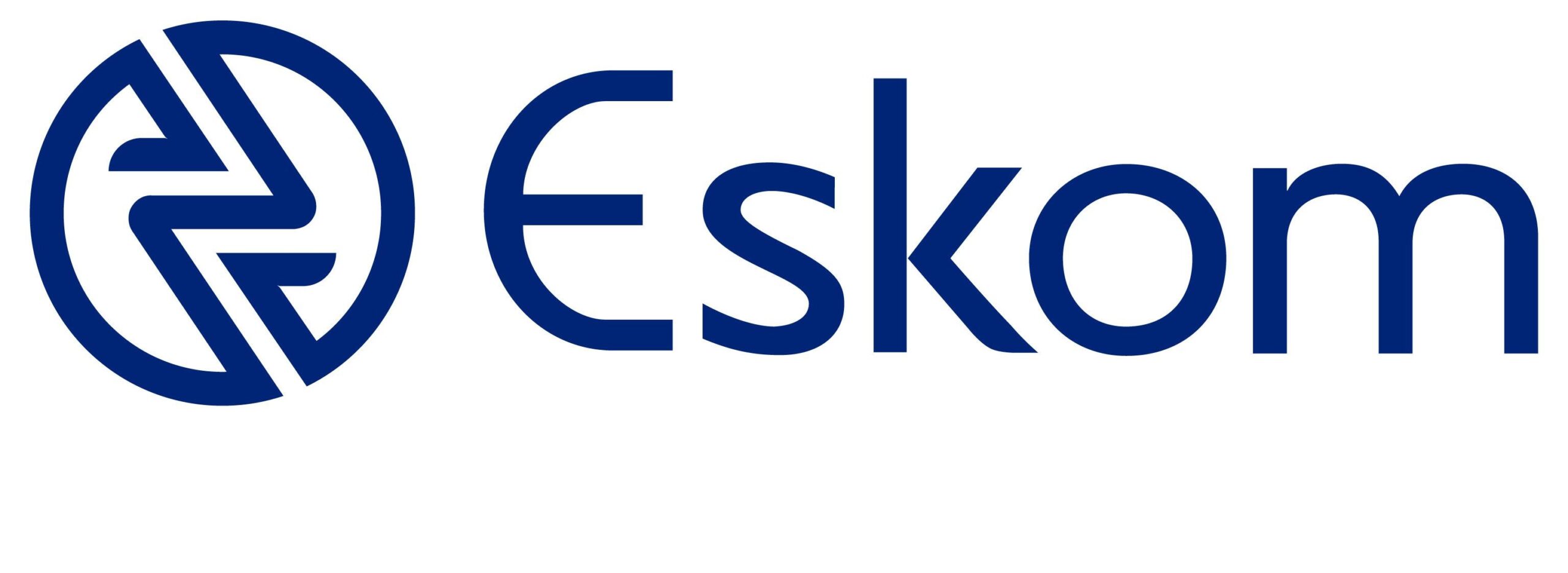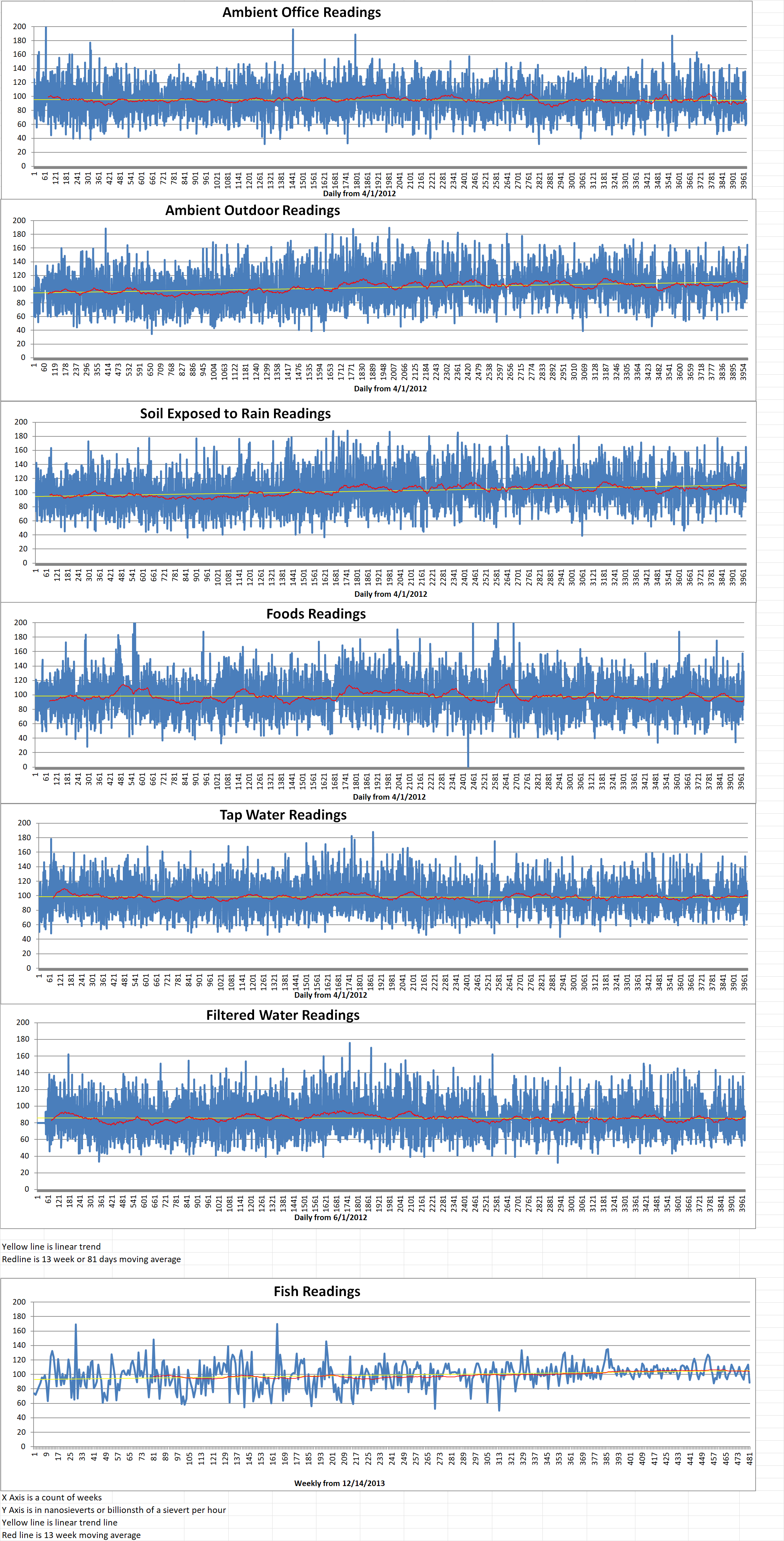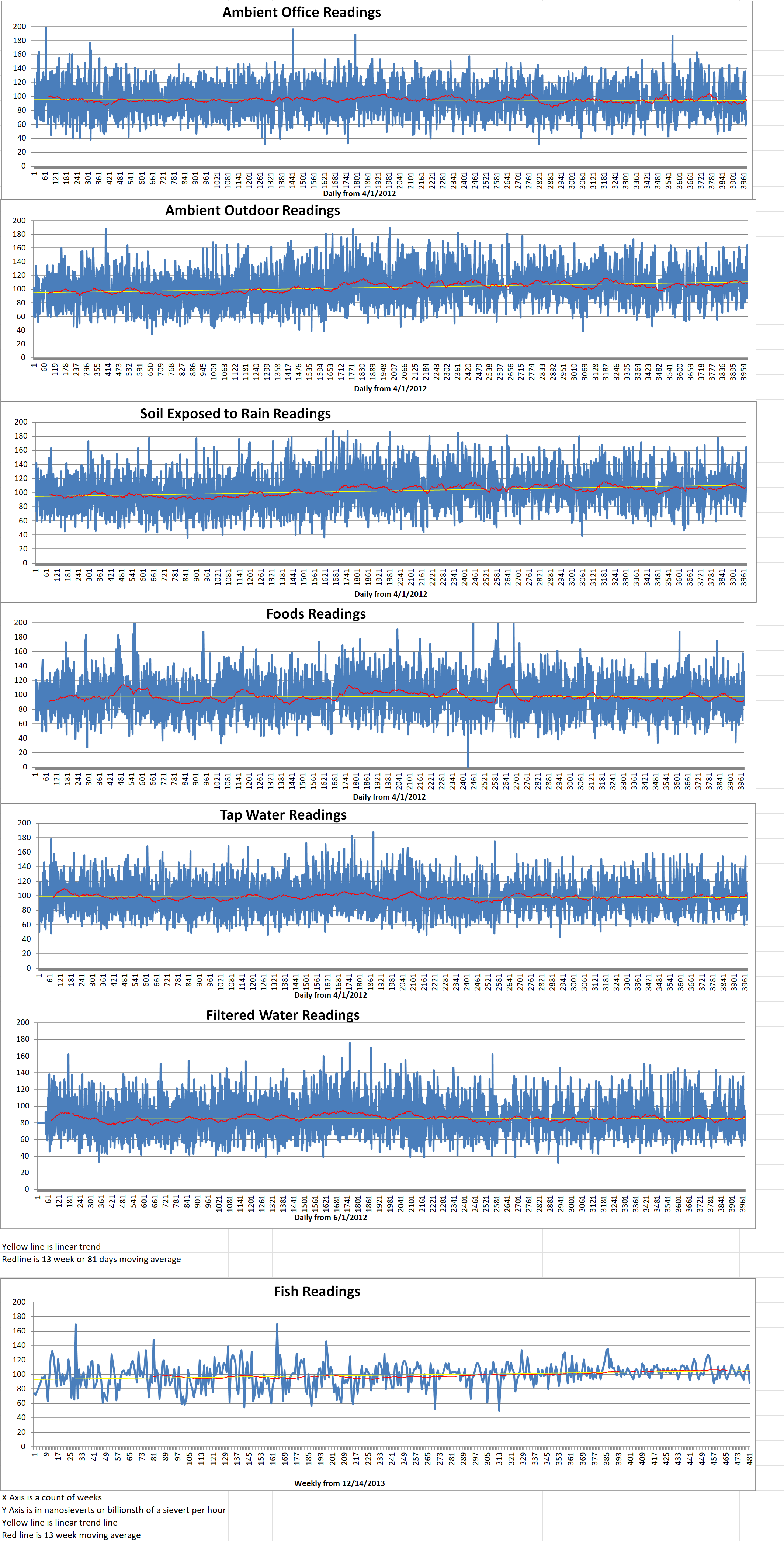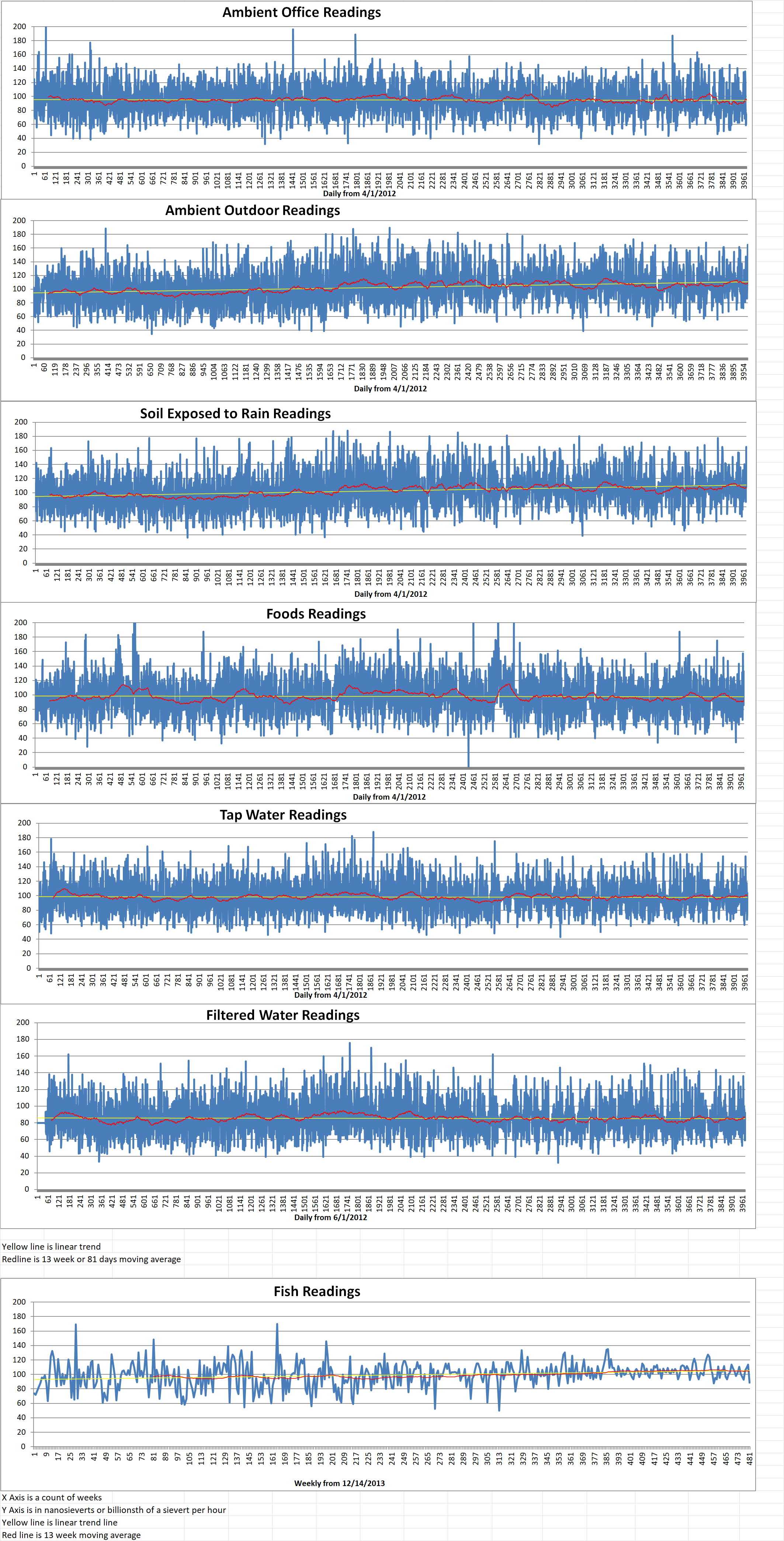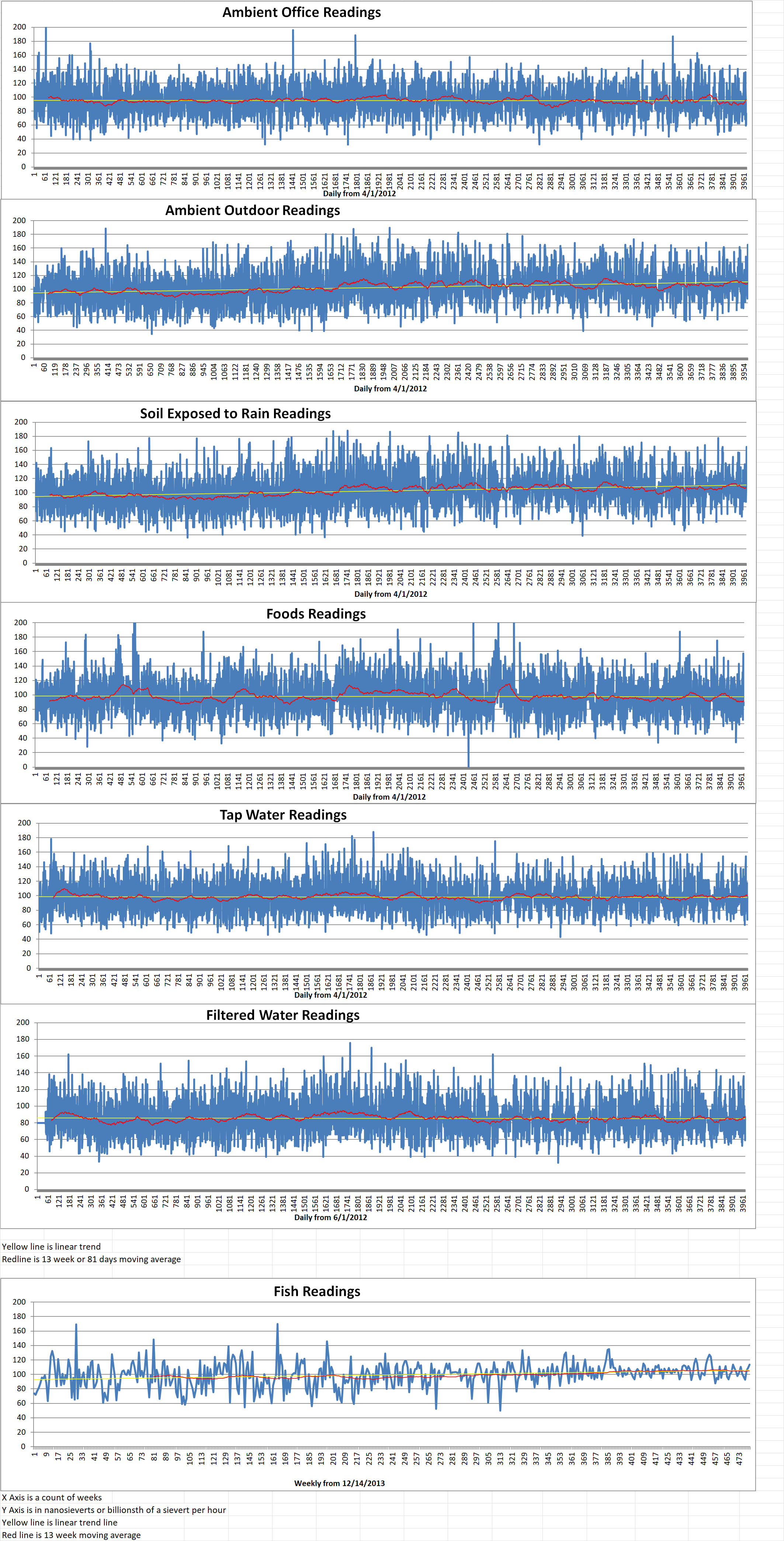Load shedding at a power plant involves shutting down parts of the electricity network in a controlled way to prevent the electrical system becoming unbalanced when there is not enough supply to meet demand. This is done to prevent a country-wide blackout. South African (S.A.) state utility Eskom provides for eight stages of loadshedding. Stage 1 sheds one thousand megawatts. Stage 8 sheds eight thousand megawatts. Loadshedding is implemented on a rotational basis so Stage 8 loadshedding might mean that customers would have their supply of electricity interrupted throughout the day for up to twelve hours.
S.A.’s power system is severely constrained with a high risk of stages of loadshedding as winter approaches, according to Eskom. Eskom issued its State of the System and Winter Outlook briefing on May 18th. In the briefing, Eskom said that loadshedding might be predominantly implemented at Stage 5 for the winter period with breakdowns or capacity unavailable due to unplanned maintenance at fifteen thousand megawatts. However, if unplanned outages reach eighteen thousand megawatts, loadshedding might be required “every day and might be implemented up to Stage 8 … an ultimate worst-case scenario that Eskom is working tirelessly to avert at all cost by all means necessary”.
The current situation is exacerbated by the loss of four power generation units which are on extended outages. Three of those units are at the Kusile coal-fired power plant. The fourth unit is a nuclear reactor at Koeberg nuclear power plant. It is currently on a long-term outage for maintenance and refueling. It is expected to return to service in September of this year. Eskom also needs to replace the steam generators Koeberg. The unavailability of the three Kusile units and Koeberg 1 has removed three thousand and eighty megawatts of capacity from the grid. This is equivalent to three stages of loadshedding.
Bheki Nxumalo is the Eskom Generation Group Executive. He said, “We are striving to reduce plant breakdowns to 15,000 MW or below for the winter period to keep loadshedding at lower stages. We, however, concede that this will be extremely hard given the unreliability and unpredictability of the power generating fleet and that we are already about 3000 MW worse off this winter compared to the same period last year.”
Calib Cassim is the Eskom Acting CEO. He said, “It is going to be a difficult winter.” He added that the company has confidence in the control measures that it has in place, including loadshedding. This means that a national blackout will not happen this winter. S.A.’s winter months are June, July and August.
Eskom’s update came two days after South Africa’s Minister of Mineral Resources and Energy Gwede Mantashe told the National Council of Provinces (NCOP), the upper house of the South African Parliament, that the S.A. government plans to issue requests for proposals for the procurement of two thousand five hundred megawatts of nuclear power in the fourth quarter of this year of this year as part of its electricity procurement plans.
Mantashe mentioned that “Grid availability is critical to securing electricity supply in the future. It impacts not only on the public procurement programs, but also on private embedded generation initiatives,” during a budget vote speech to the S.A.’s National Council of Provinces.


